Committee now mulls vote centers at every current Monroe County polling location, without merging
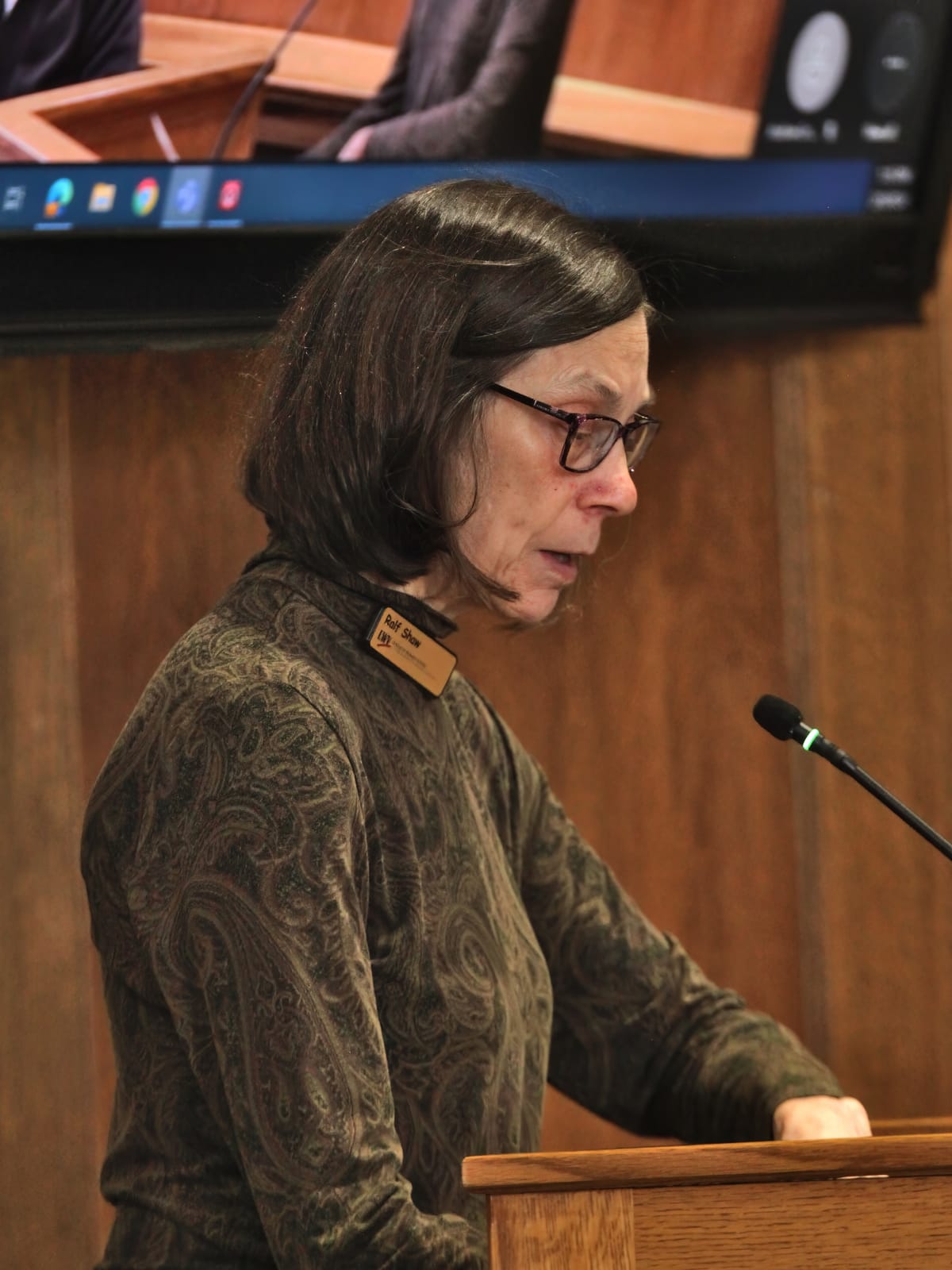
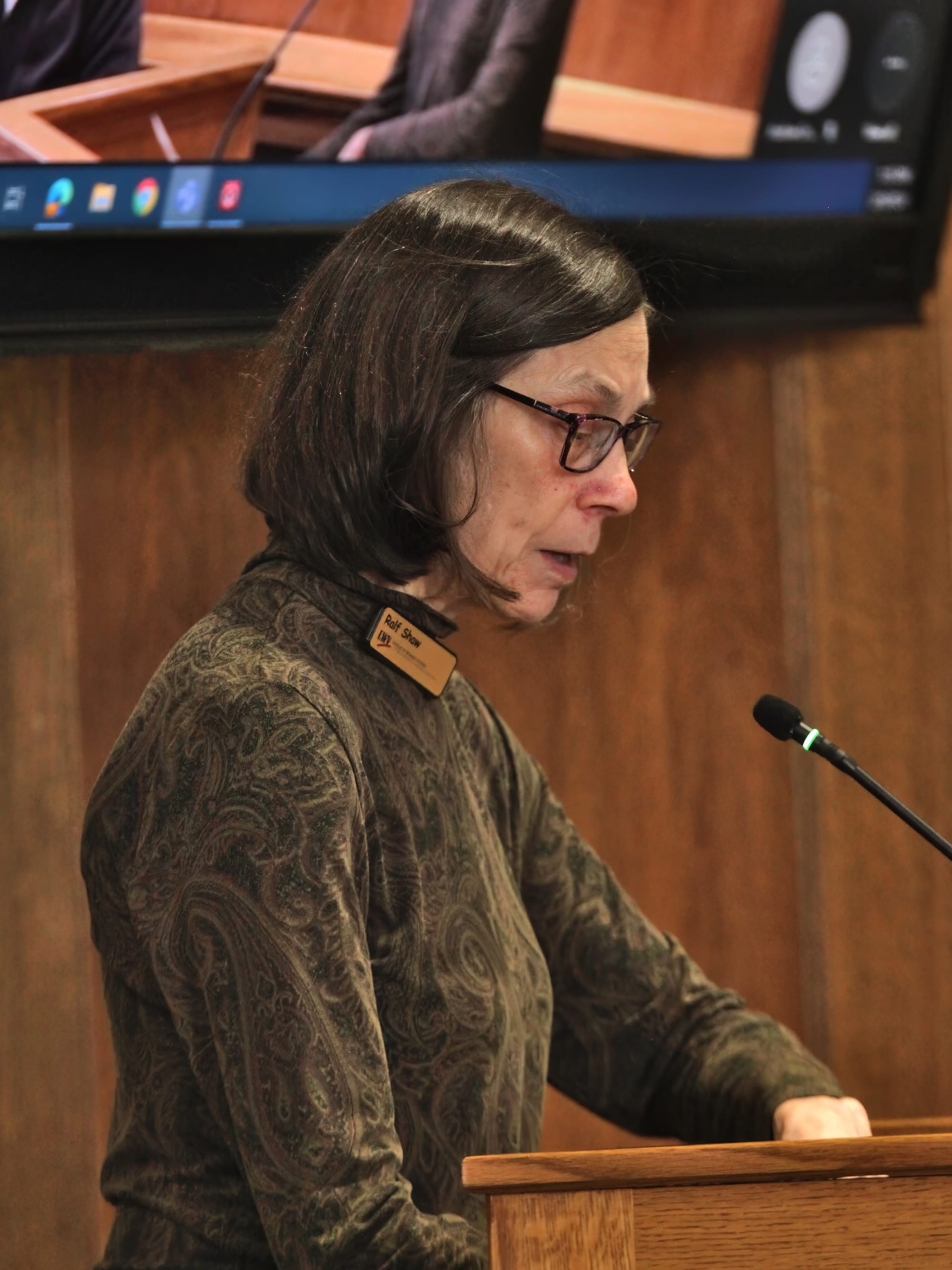

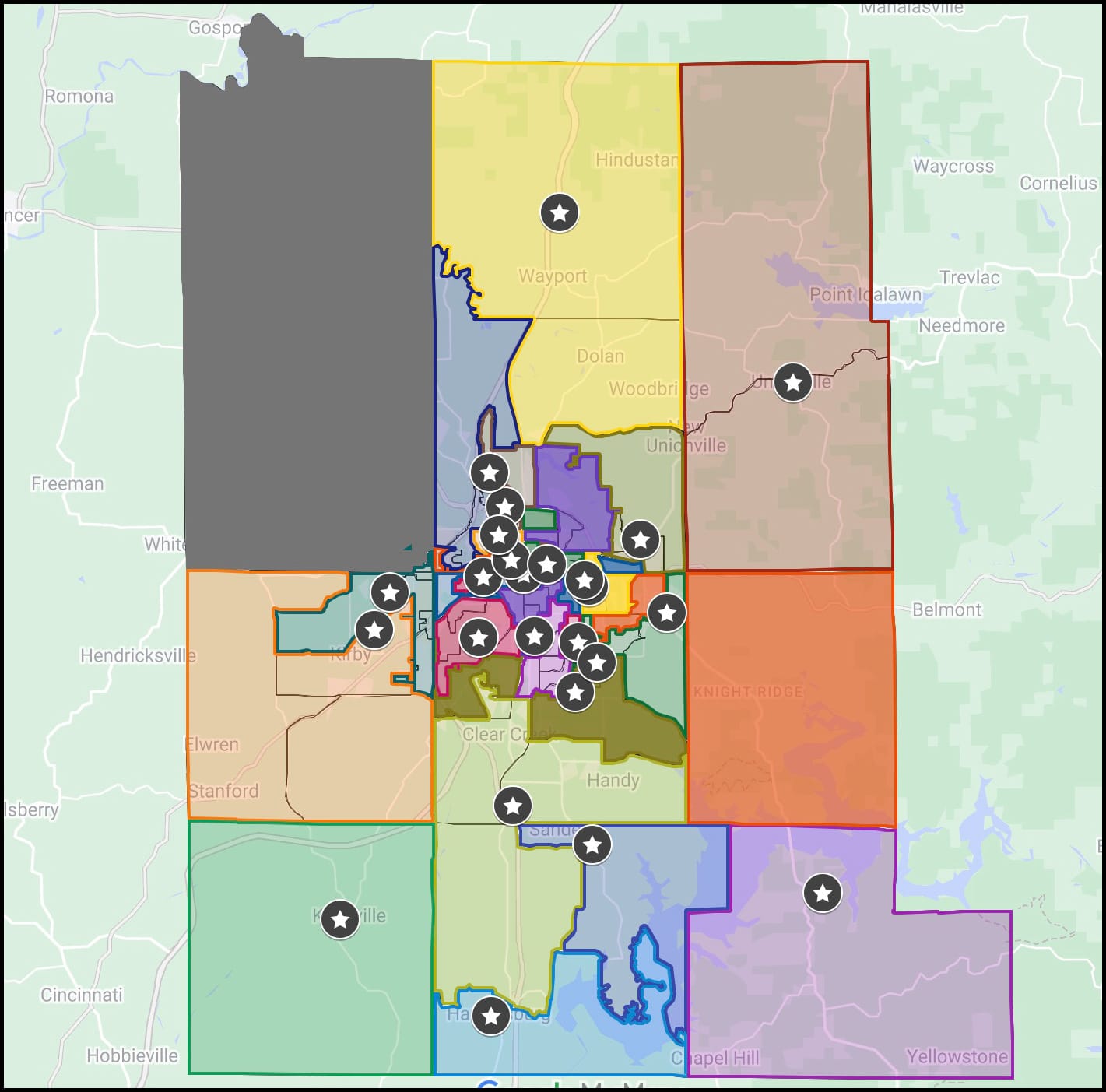
Monroe County’s vote center study committee is moving ahead on the assumption that current polling locations, which are precinct-based for voter eligibility, would all be converted to vote centers.
The idea that the committee would not pursue the merger of existing polls into fewer vote center locations was the big news nugget in a committee report that was given at last Thursday’s meeting of the county election board.
The report to the election board was given by vote center study committee member Ralf Shaw. The committee includes 11-members who have been appointed by the county clerk and the chairs of the county party organizations for the Republicans and Democrats.
Vote centers are different from existing polling locations, because they are places where any eligible voter in the county can cast a ballot. Current polling locations are limited to just those voters who are registered in a limited number of precincts.
Converting from a precinct-based system to vote centers requires a process that includes the development of a plan by a committee, followed by a unanimous approval by the three-member, partisan-balanced county election board. That’s the process that Monroe County is now following with the hope that vote centers will be in place for the 2026 election cycle.
Pushing back a bit on the idea that every polling location would become a vote center was election board member Judith Benckart, who said, “I thought part of having the vote center committee was to look at places where we could consolidate.” Benckart is the Republican Party’s appointee to the election board.
Responding to Benckart was election board member Nicole Browne, who serves on the board in her capacity as the elected clerk for Monroe County. Browne said that while consolidation of precinct-based sites into fewer vote centers was an approach that had been taken by some Indiana counties, she supports a universal conversion of existing polling locations into vote centers.
Browne said that Marion County had started out with a universal conversion of all precinct-based polling places to vote centers. Some Marion County locations were eventually consolidated, only after collecting some data on how voters used those locations, Browne said.
Browne attended the most recent meeting of the committee, on Jan. 24, to share her perspective on the issue.
Monroe County is one of 29 counties in Indiana, out of 92 counties in the state, that have not yet adopted vote centers.
Benckart said she was interested in balancing out the expense of continuing to staff every location. But she indicated qualified support for the approach of universal conversion as long as consolidation is “still in play at some point.”
In other action related to the vote center study committee, the election board made some amendments to the resolution it had passed that defines the committee’s work. One revision was to replace some wording that said the committee was supposed to develop a plan “to be presented to and approved by the election board.”
Election board member John Fernandez said that he found the wording to be a little too “prescriptive” for what the election board had to do, when the point of the resolution was to describe the committee’s responsibilities. The board settled on “voted on by the election board” instead of “approved by the election board.”
The board also approved a process that could be followed for vote center study committee members to designate a proxy.
The vote center study committee meets on the second and fourth Wednesdays of the month. The next scheduled meeting is set for Feb. 14.
Geography of current, precinct based polling locations
In most cases, current polling locations in Monroe County already consolidate more than one precinct. But the precincts that are consolidated into one location, where voters from those precincts have to vote, in some cases form disconnected geographic areas. There are also situations where the polling location is not in any of the precincts from which it draws eligible voters.
Below are some examples:
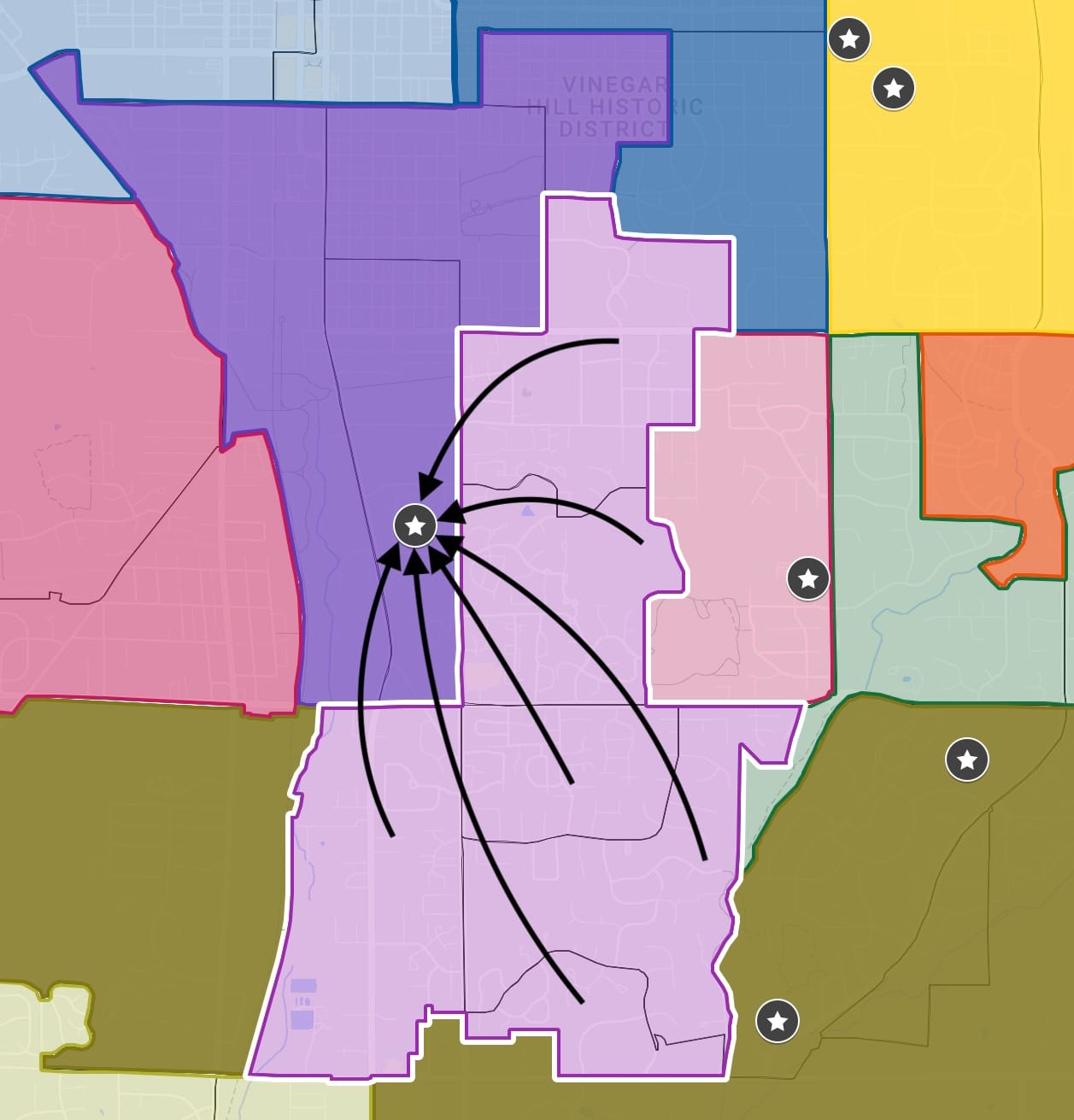
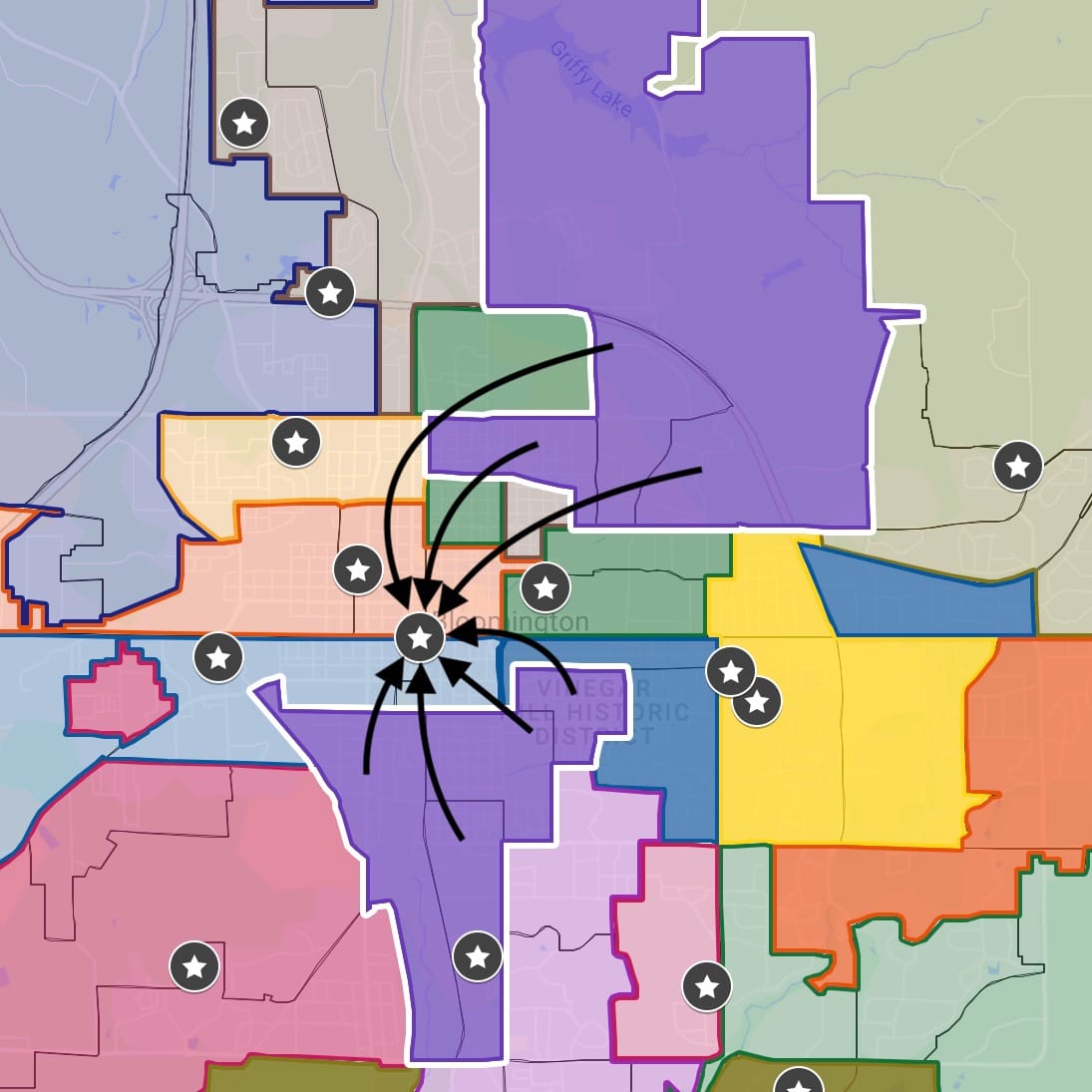







Comments ()